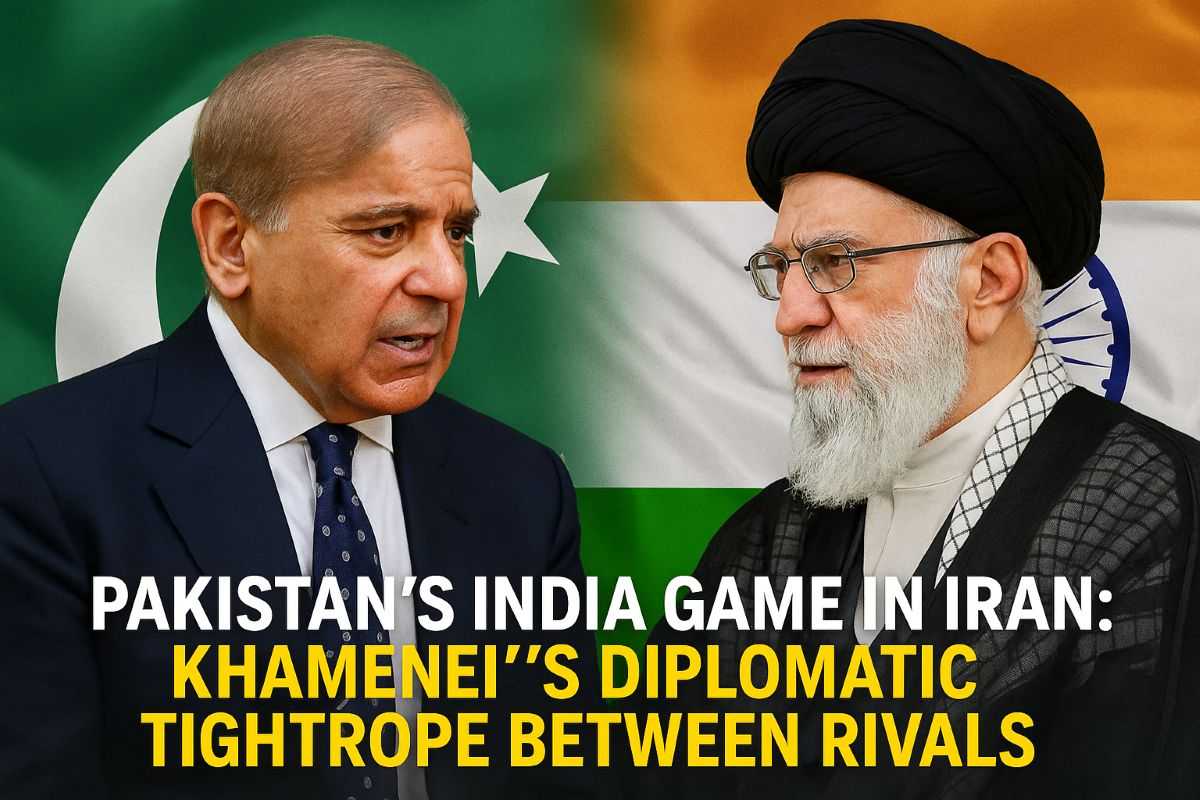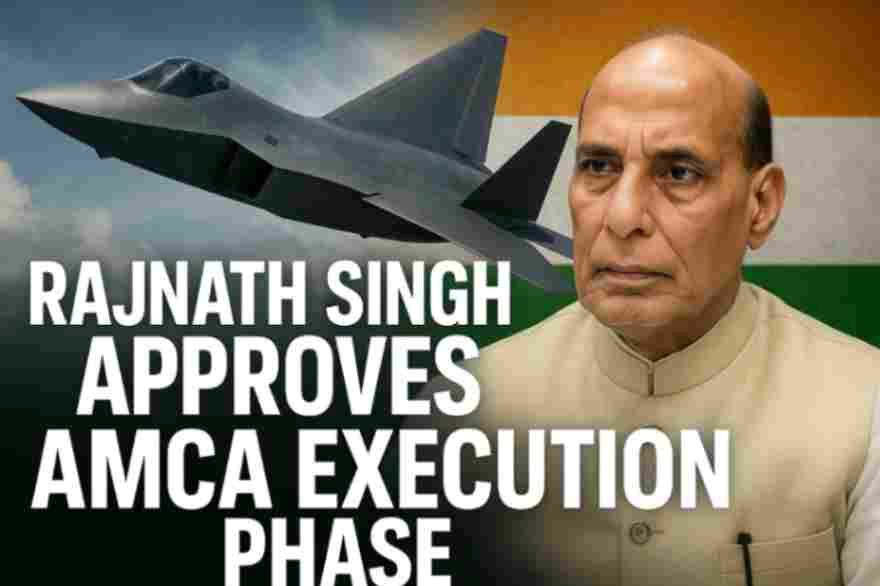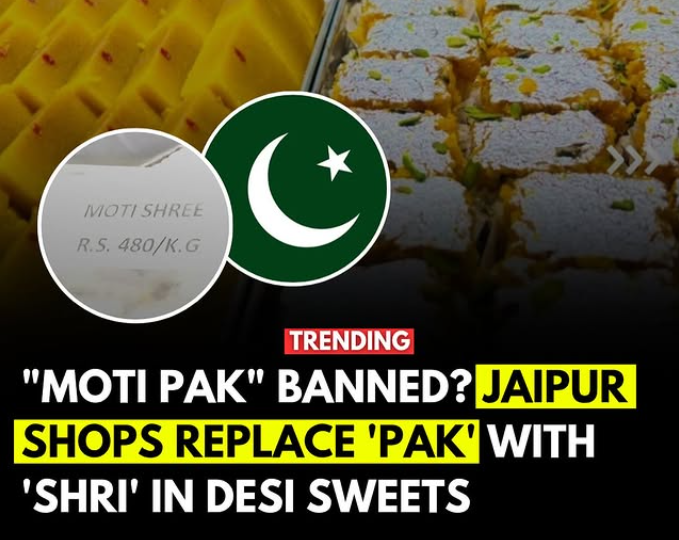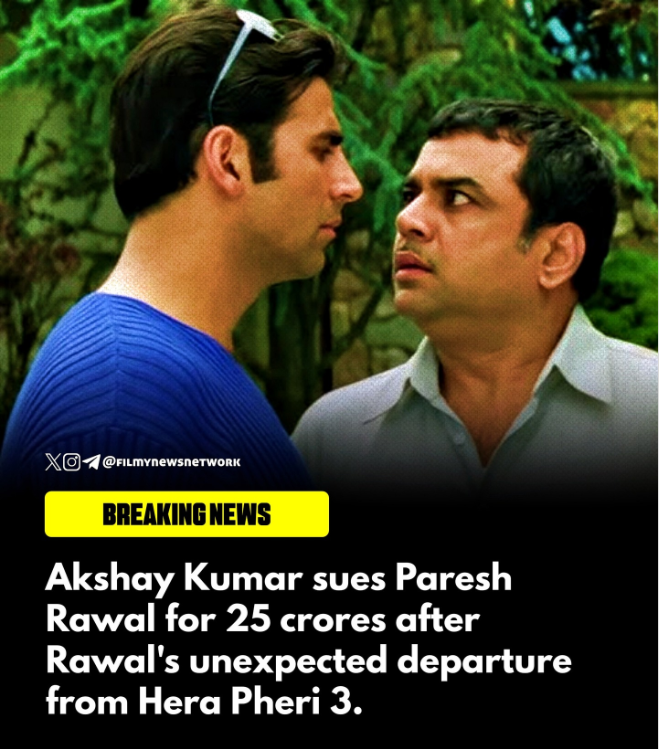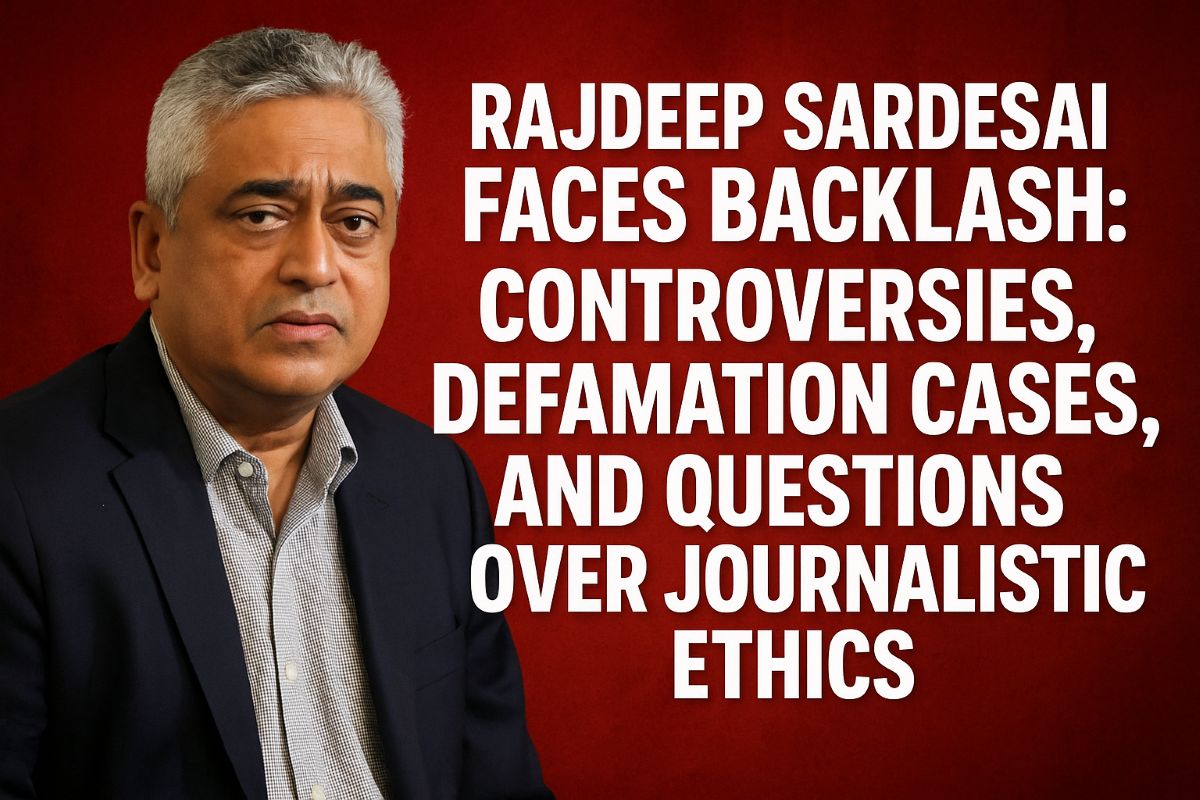
Veteran journalist Rajdeep Sardesai has long been a well-known face in Indian media. With over three decades of experience across top media houses like NDTV, CNN-IBN, and India Today Group, Sardesai has built a reputation as a sharp and opinionated voice in Indian journalism. However, recent years have seen him entangled in multiple controversies that have sparked national debates on journalistic ethics, media accountability, and political bias.
A Celebrated Career Shadowed by Controversies
Rajdeep Sardesai’s career is studded with achievements. He has held senior editorial positions, won prestigious awards, and authored best-selling books, including 2014: The Election That Changed India. In 2008, he received the Padma Shri for his contributions to journalism. Known for his fiery interviews and strong editorial presence, Sardesai has been both admired and criticized in equal measure.
However, in recent years, the spotlight on Sardesai has shifted from his journalism to a series of controversies that have raised serious questions about media integrity and responsibility in the digital age.
The Republic Day Tractor Rally Controversy
One of the most high-profile incidents involving Sardesai occurred on January 26, 2021, during the farmers’ protest in Delhi. As thousands of farmers entered the capital for a planned tractor rally, clashes erupted with the police at various locations.
In the heat of the moment, Sardesai tweeted that a protester, Navneet Singh, had been “shot by Delhi Police.” This claim quickly went viral. However, soon after, video evidence surfaced that clearly showed that Singh had died when his tractor overturned while trying to breach police barricades.
📢@SardesaiRajdeep‘s personal announcement#NewsToday pic.twitter.com/NFgzcLJ1Fx
— IndiaToday (@IndiaToday) May 27, 2025
Source: India Today
The misinformation triggered massive outrage, not just from the public but also from political figures and journalists. India Today, the media house where Rajdeep Sardesai serves as a Consulting Editor, took swift disciplinary action. He was taken off-air for two weeks, and a month’s salary was deducted. The organization stated it was enforcing editorial standards and accountability.
Social Media Eruption and Political Heat
The controversy ignited a social media firestorm. Hashtags like #ArunPoorieSackRajdeep and #RajdeepLiesAgain began trending on Twitter. Many netizens accused him of deliberately spreading misinformation during a highly sensitive situation. Several BJP leaders publicly slammed Rajdeep Sardesai, alleging that he was “instigating violence” and undermining law enforcement agencies.
Even though he issued clarifications later and served his suspension, the incident left a lasting impact on Rajdeep Sardesai’s public image. Critics labeled the tweet as reckless, while supporters argued it was an honest journalistic mistake made during a breaking news situation.
Read Also: Breaking News: Pakistan’s India Game in Iran: Khamenei’s Diplomatic Tightrope Between Rivals
Source: The Jaipur Dialogues
Legal Trouble: The Shazia Ilmi Defamation Case
The storm didn’t stop there. In July 2024, Rajdeep Sardesai again found himself in legal trouble. This time, it involved BJP spokesperson Shazia Ilmi. Rajdeep Sardesai posted a video on social media in which he accused Ilmi of abusing one of his camerapersons during a press interaction.
Ilmi vehemently denied the allegations and moved the Delhi High Court, filing a defamation case against the journalist. The court responded sternly, ordering Rajdeep Sardesai to take down the video and citing that it had been recorded without Ilmi’s consent. The case is ongoing, but it has added fuel to the fire for those questioning Rajdeep Sardesai’s journalistic methods.
Journalistic Credibility in the Age of Polarization
Despite these controversies, Rajdeep Sardesai continues to be a powerful voice in Indian journalism. He regularly appears on prime-time debates, anchors key political shows, and remains an active commentator on social media. Yet, a growing section of the public and political class view him through a lens of skepticism.
He is often accused of being a part of what is popularly called “Godi Media” – a derogatory term used for media perceived as either overtly pro-government or misleadingly liberal. Ironically, Sardesai is labeled by different groups in contradictory ways – which perhaps reflects the polarized nature of media consumption in India today.
Supporters of Sardesai argue that he’s one of the few remaining journalists who dare to ask tough questions. They cite his past investigative reporting, ground-level coverage of elections, and outspoken criticism of authoritarian tendencies. However, critics insist that he has allowed his personal bias to color his reporting and that his actions have, at times, crossed ethical boundaries.
Media Ethics and the Road Ahead
The Rajdeep Sardesai controversies open up a broader conversation about journalistic ethics, freedom of the press, and accountability. In an era dominated by real-time news updates and viral social media content, the line between breaking news and misinformation has grown dangerously thin.
Should journalists be punished for making errors during fast-paced events? How much responsibility does a media house bear for the actions of its high-profile anchors? And most importantly, what systems are in place to restore public trust once it is broken?
For now, Rajdeep Sardesai continues to do what he has always done — report, comment, and polarize. Whether seen as a fearless journalist or a biased provocateur, there’s no denying that he remains a central figure in India’s media landscape. But with each controversy, the pressure mounts on both Sardesai and the media ecosystem to uphold the principles of factual reporting and ethical journalism.
